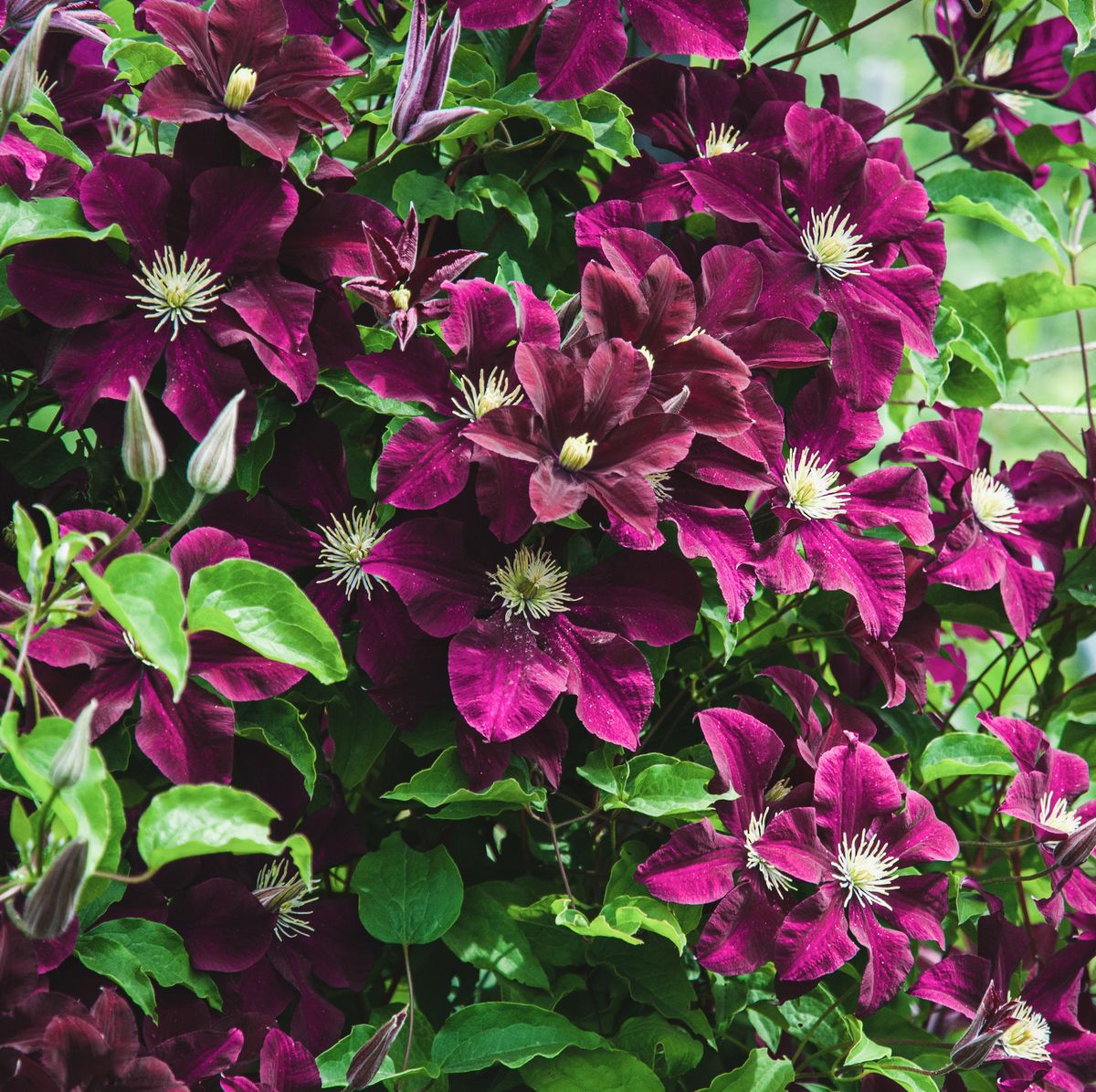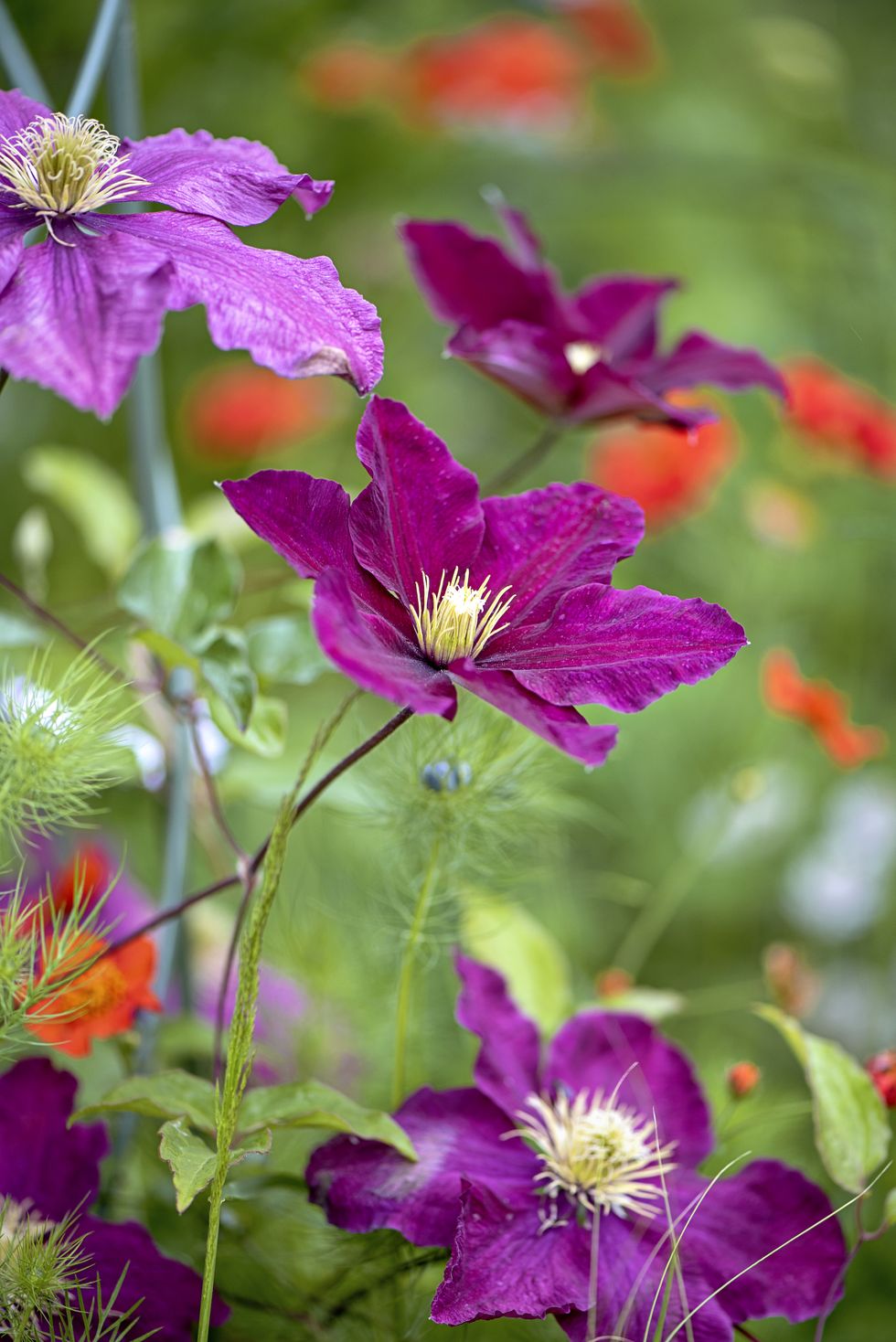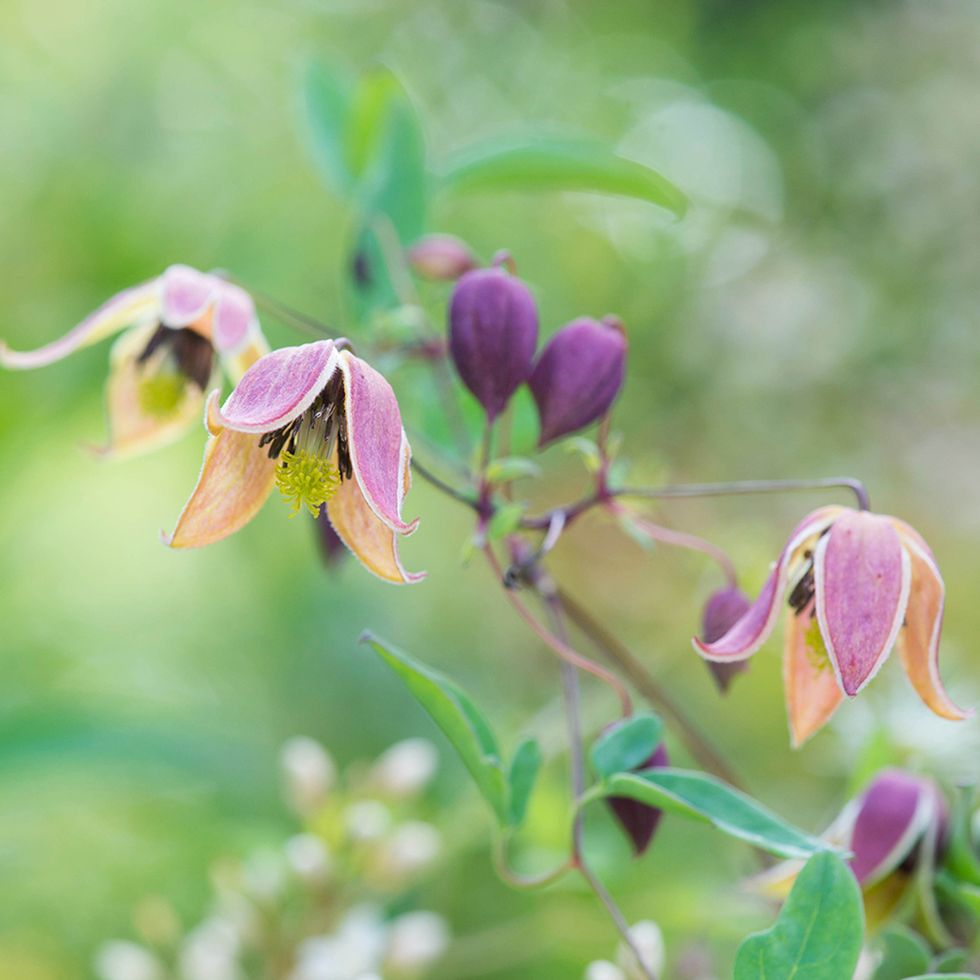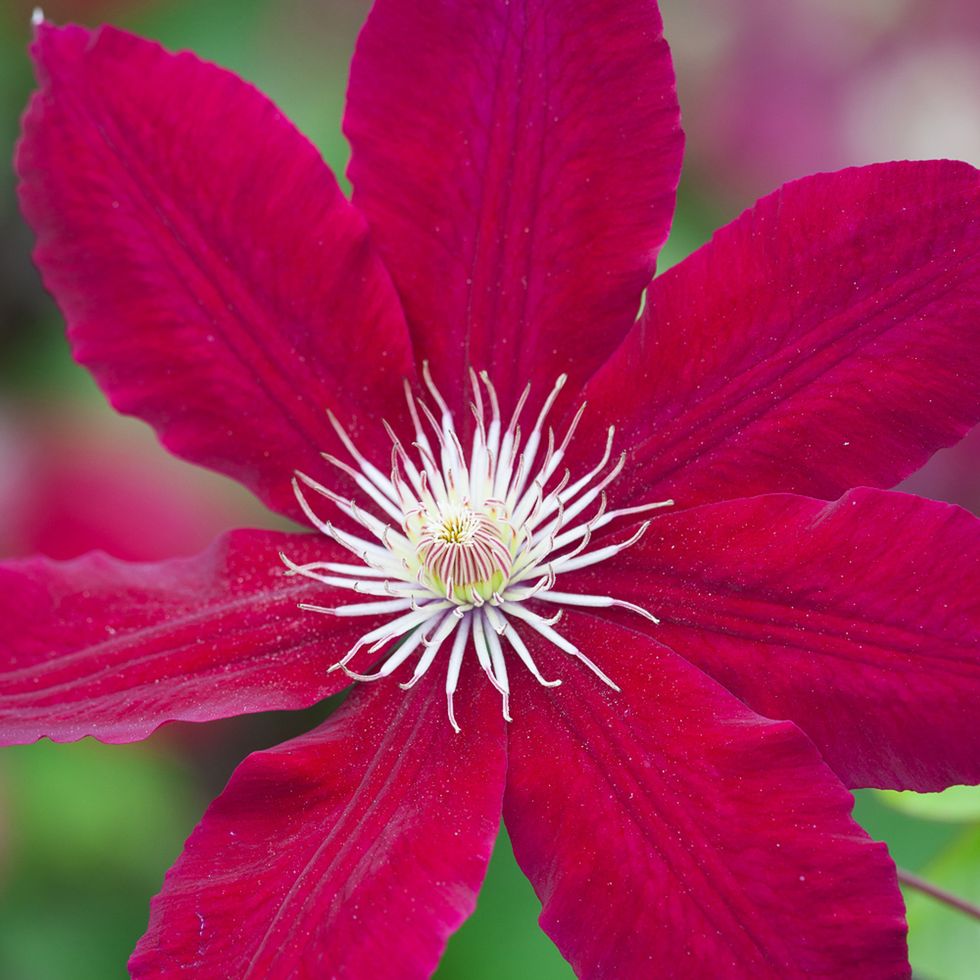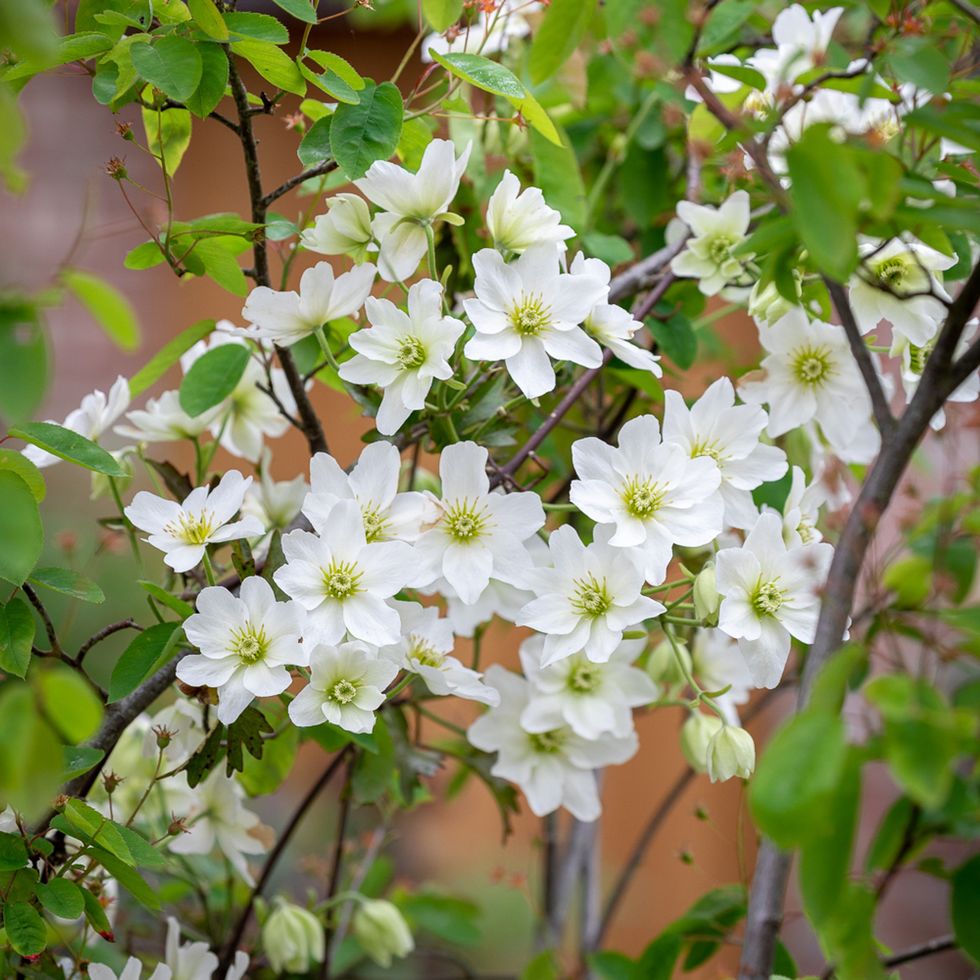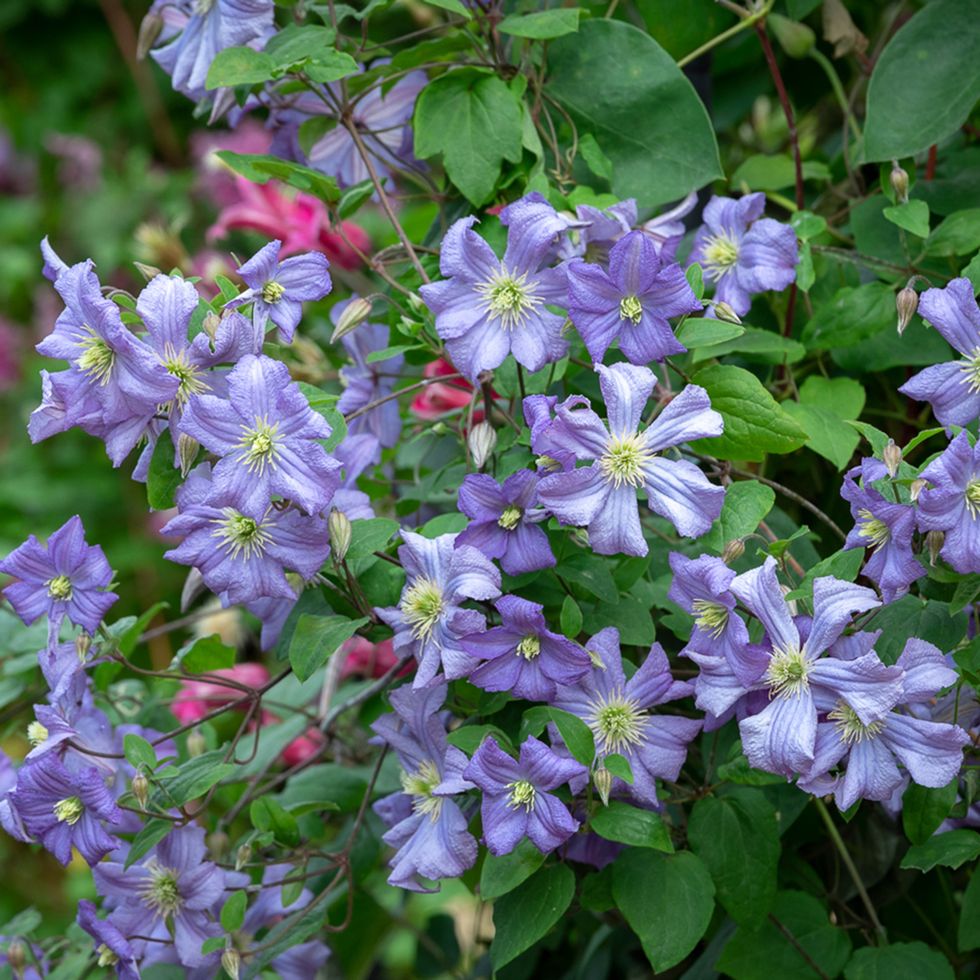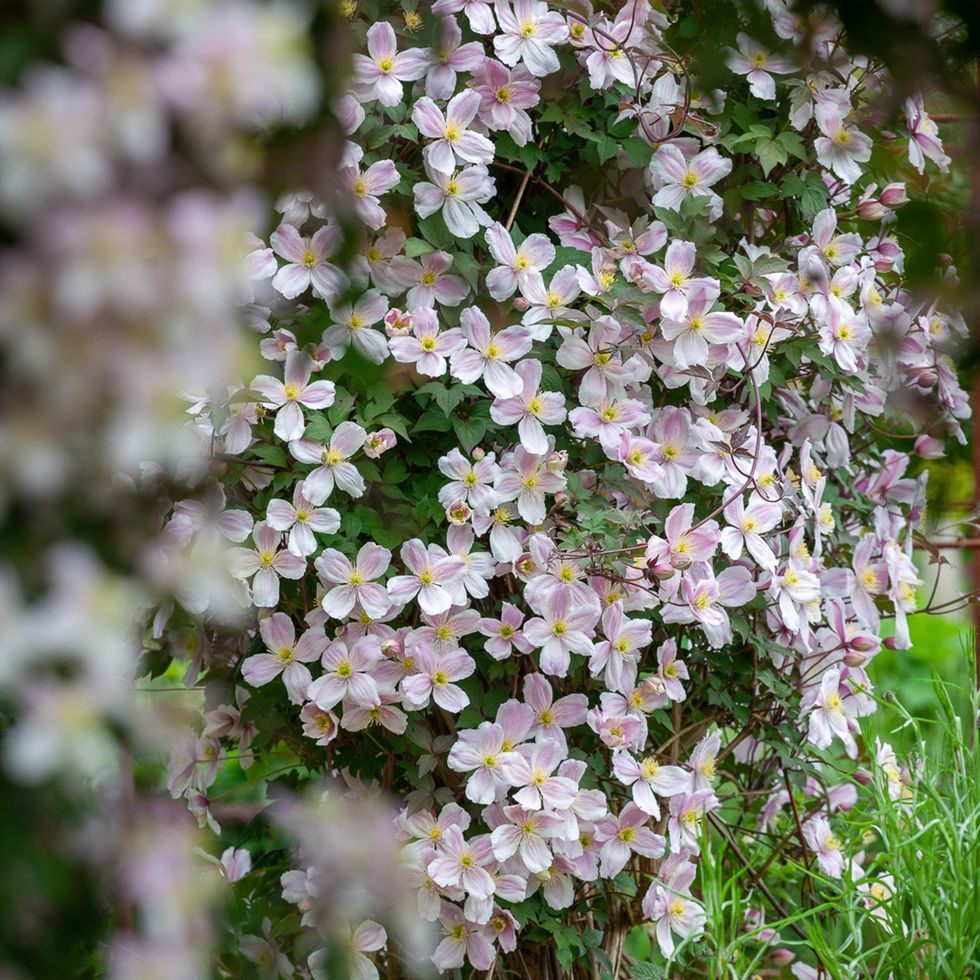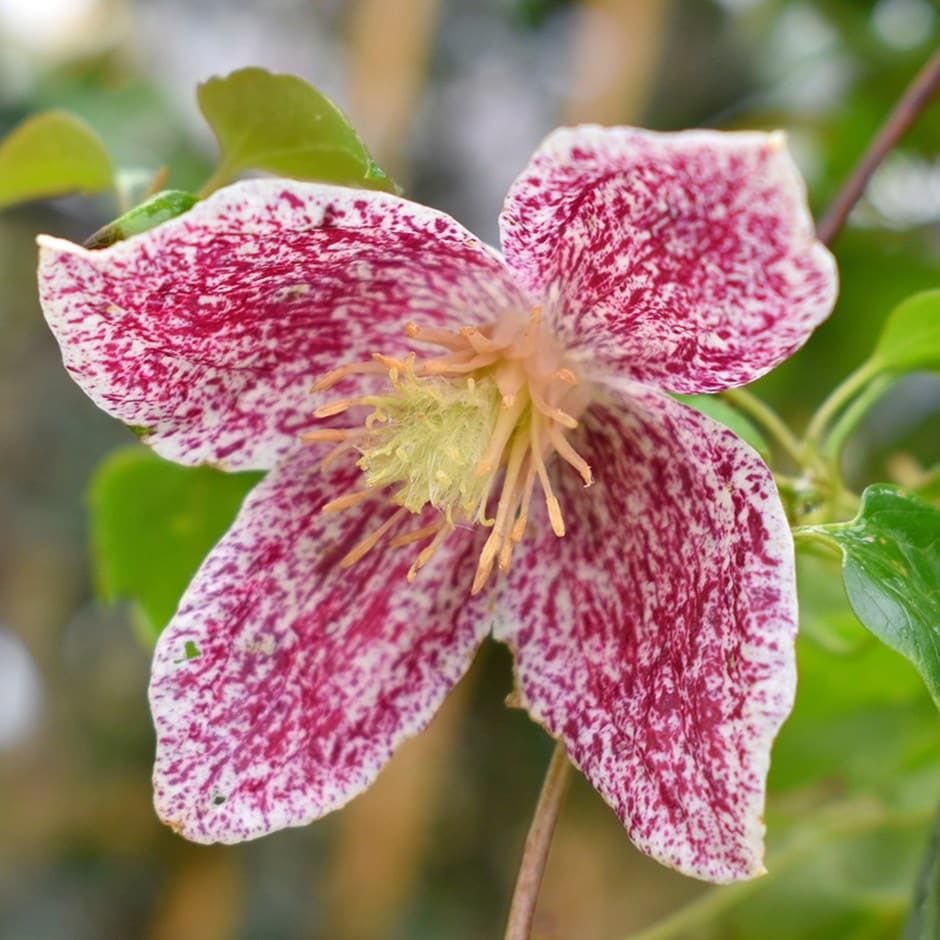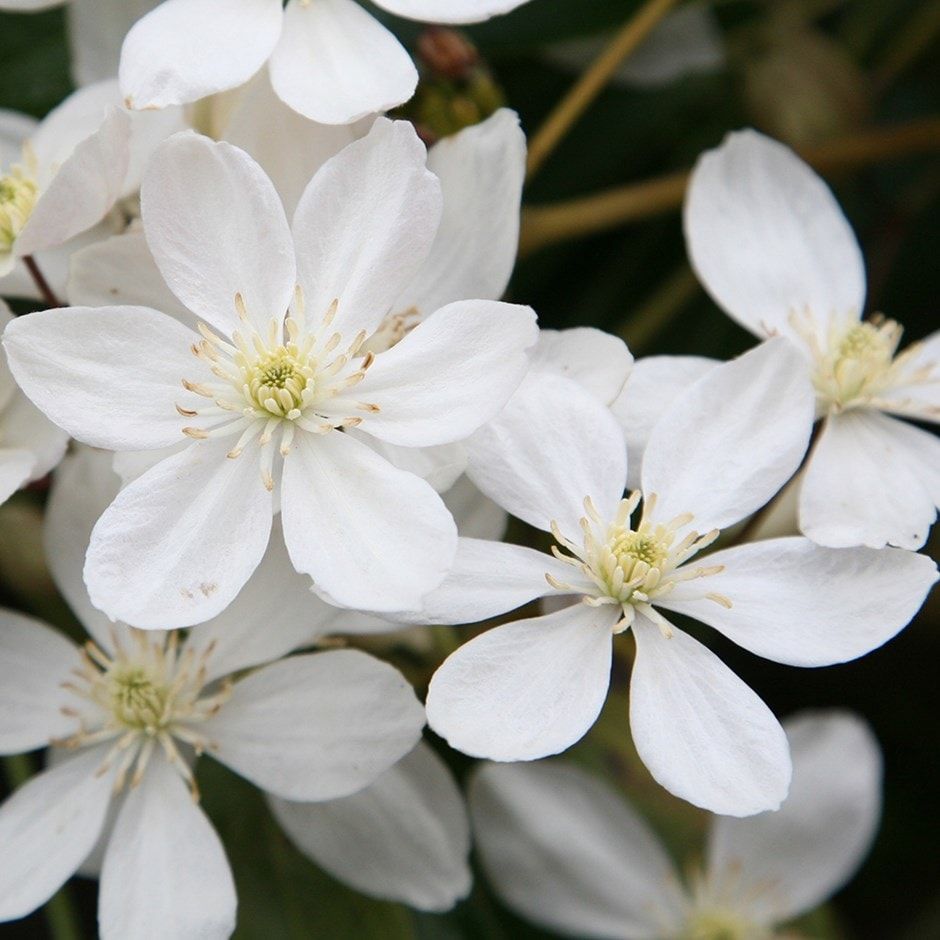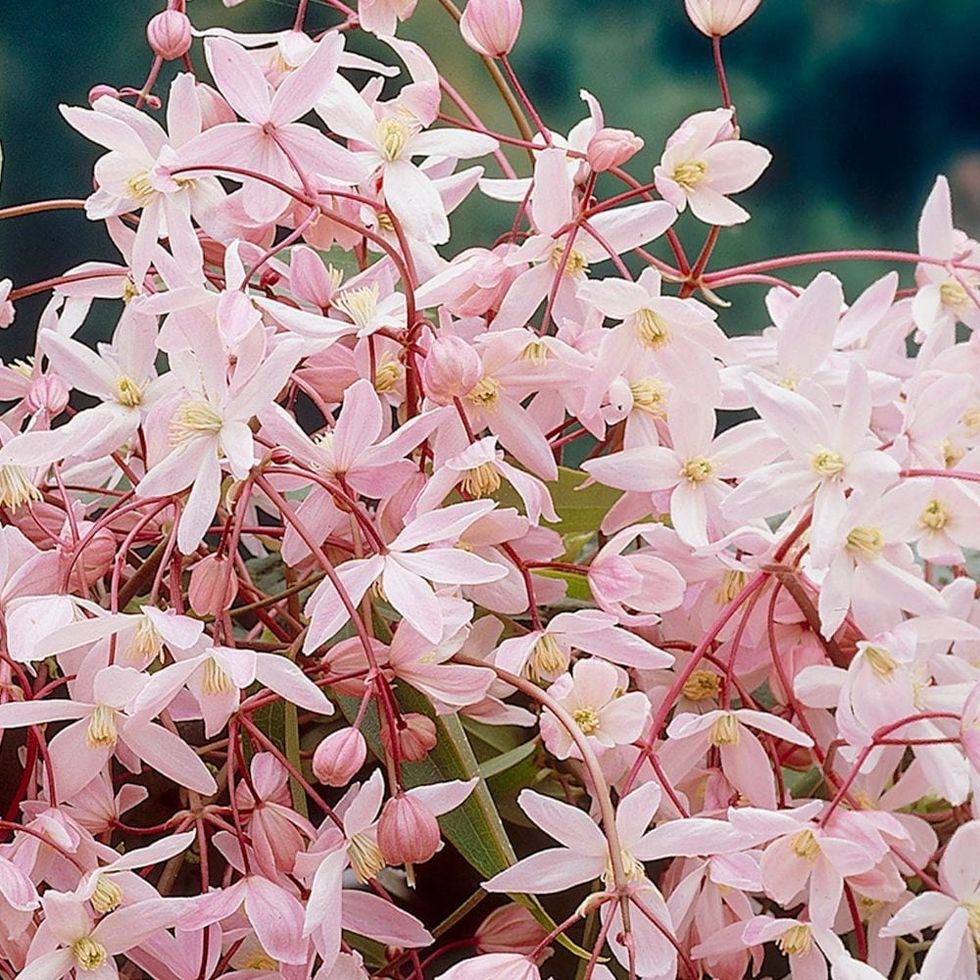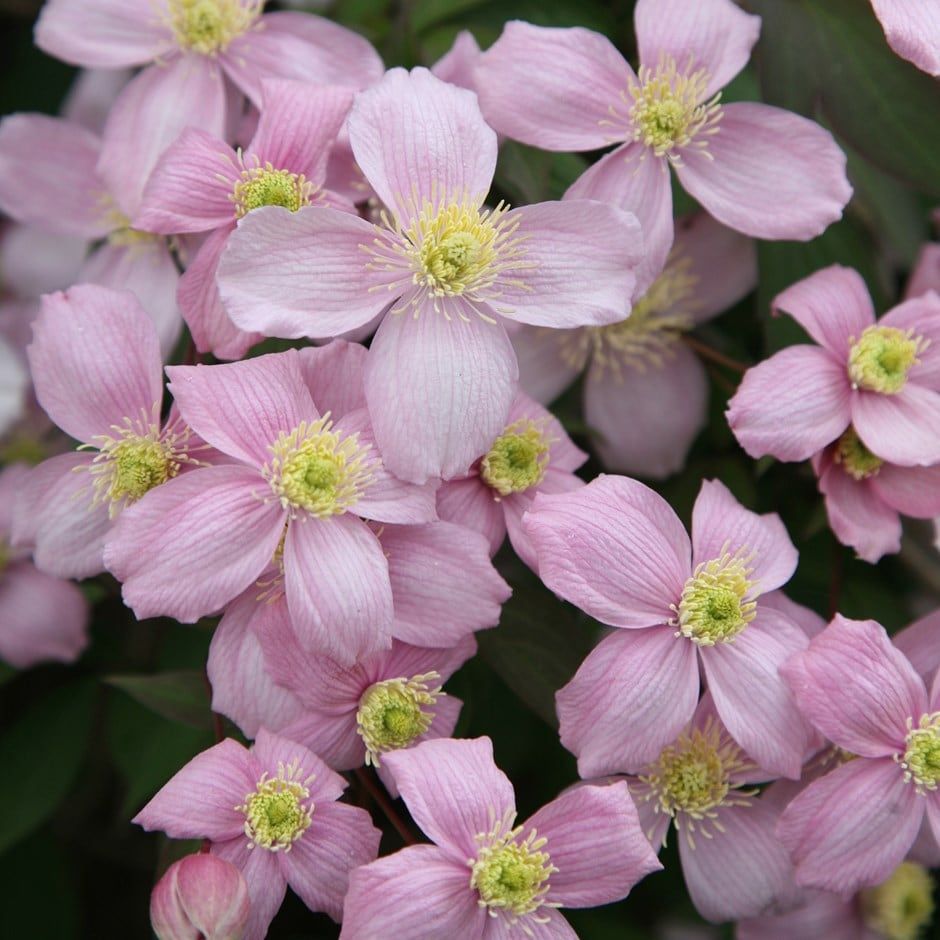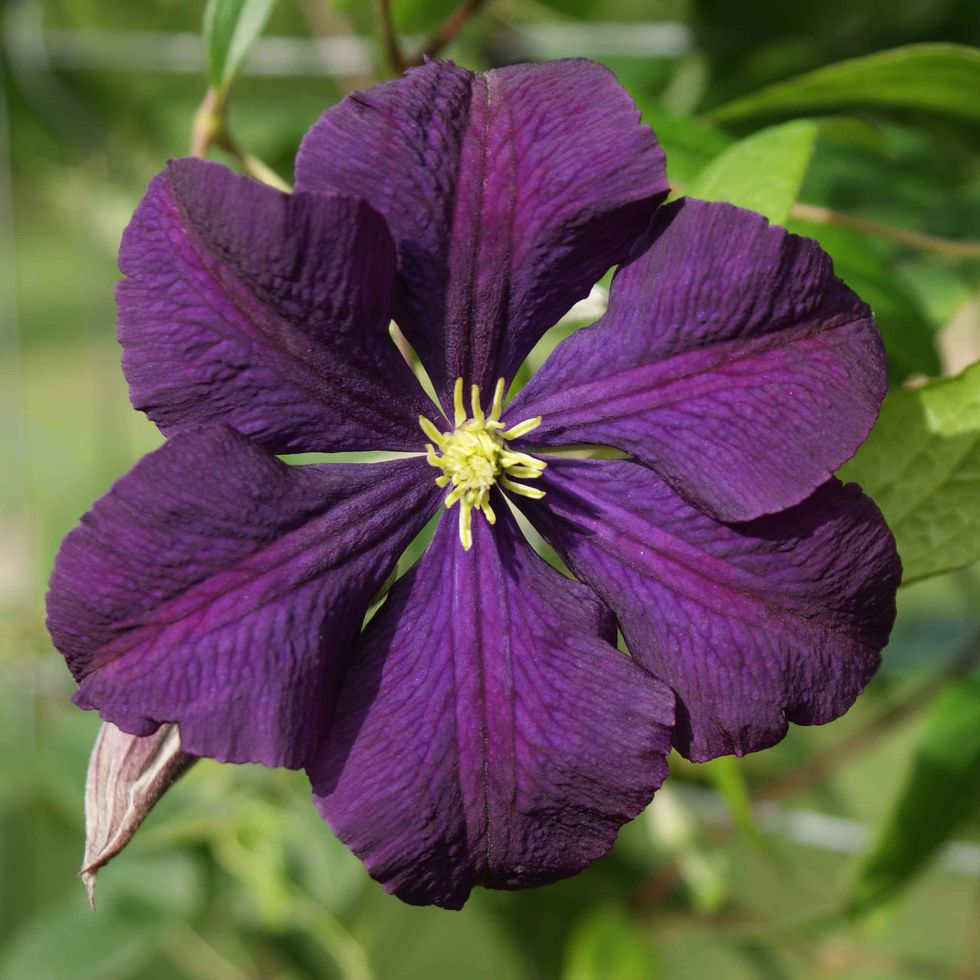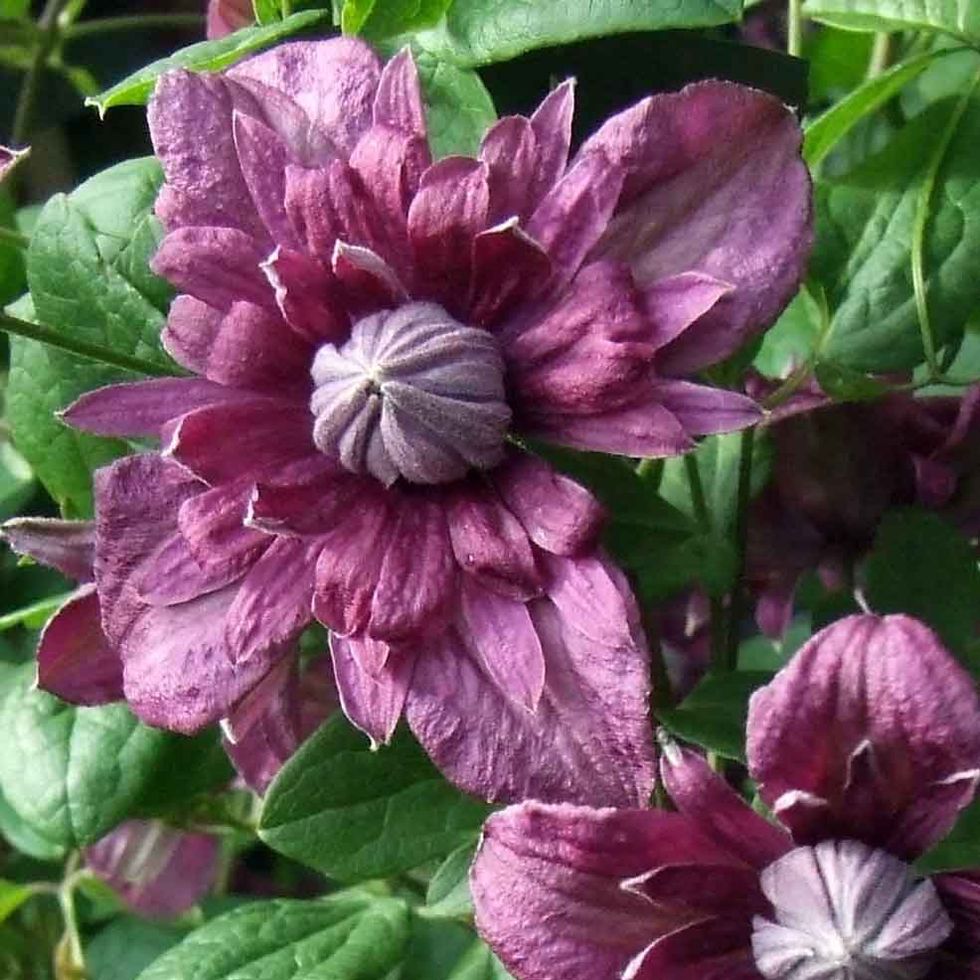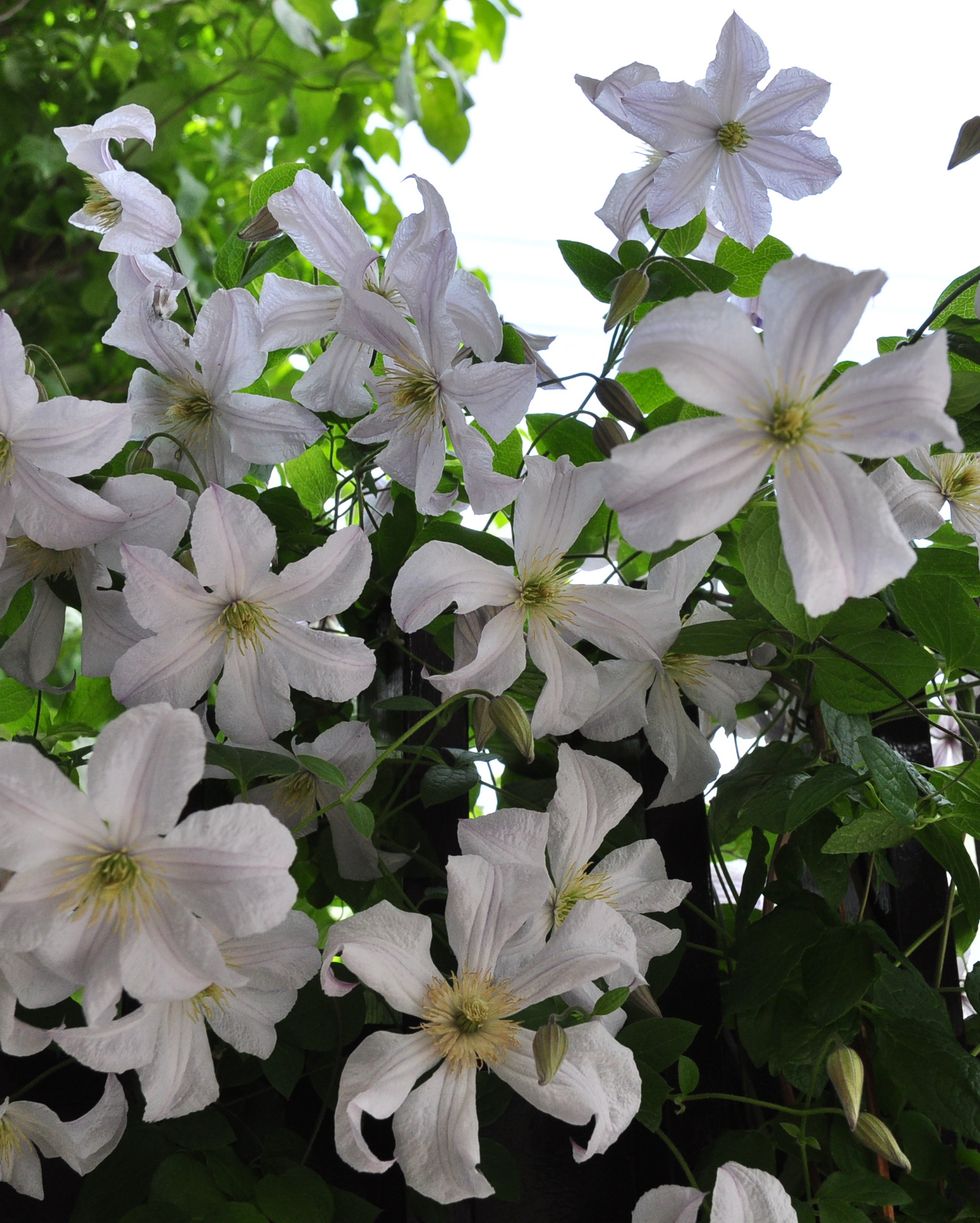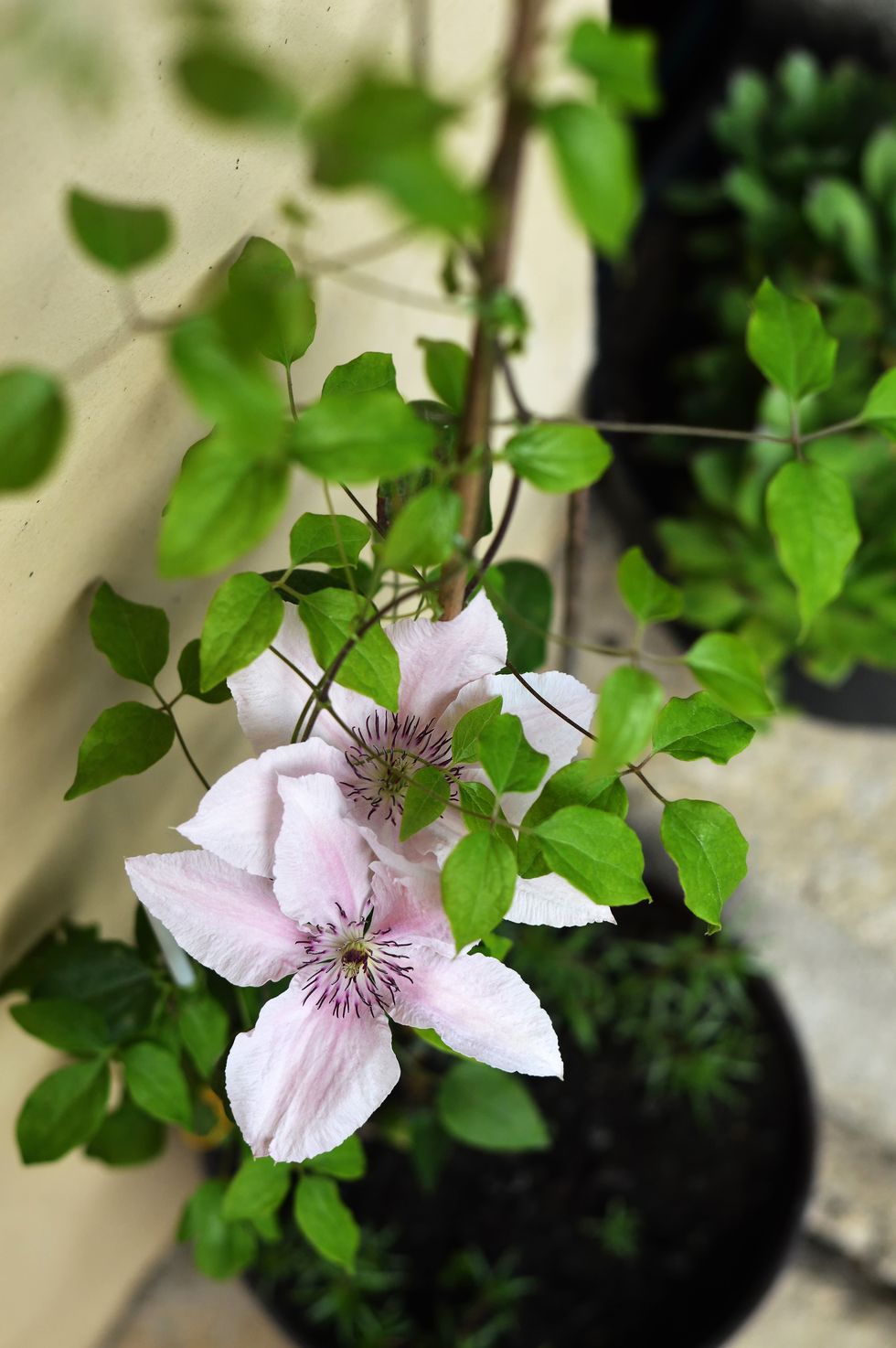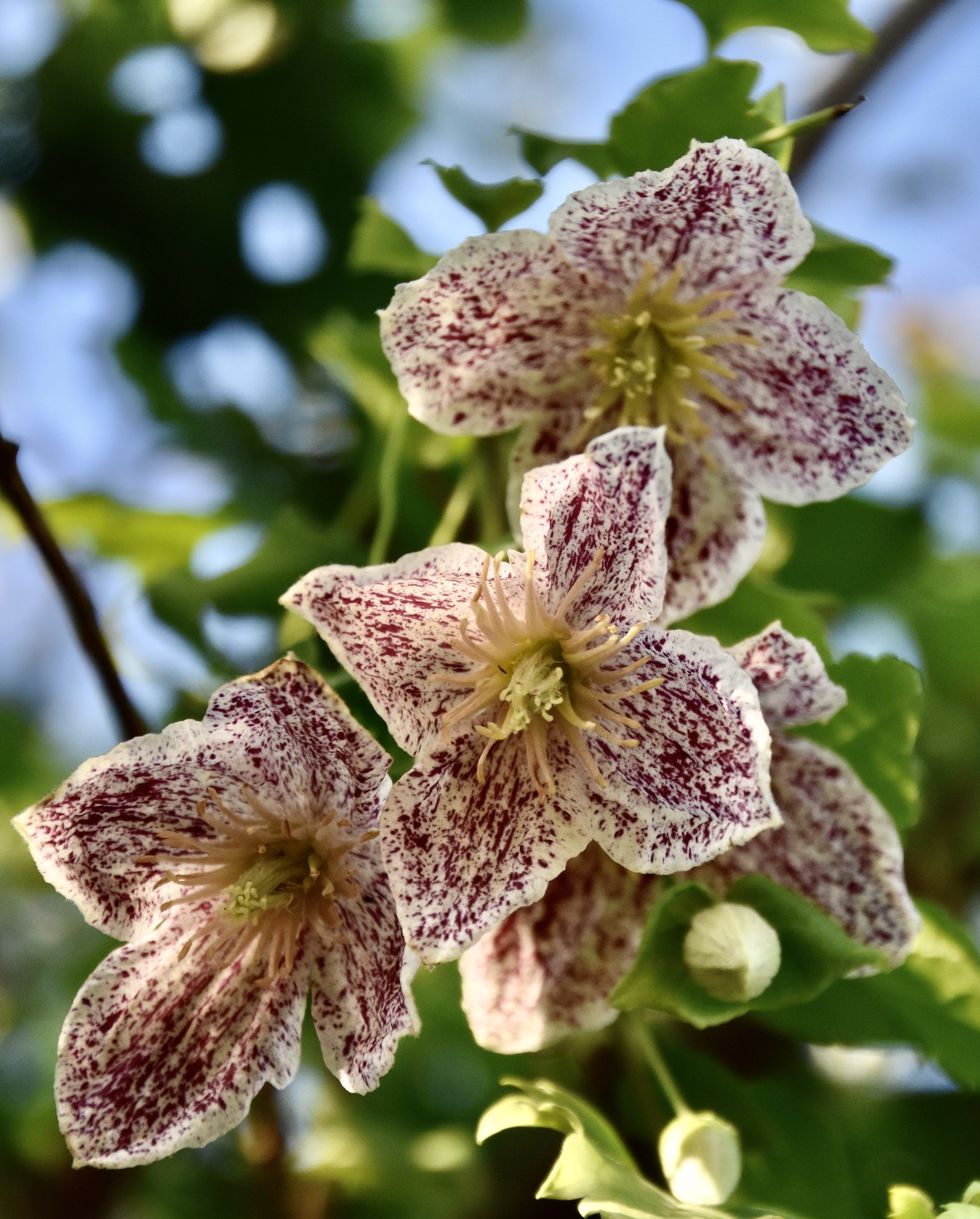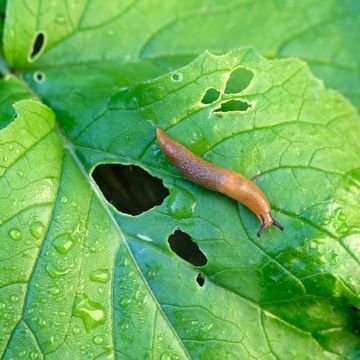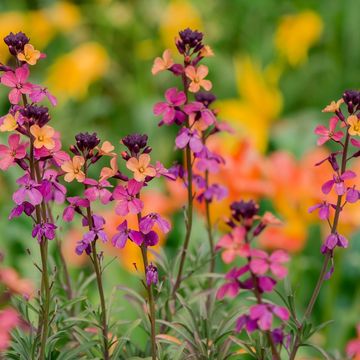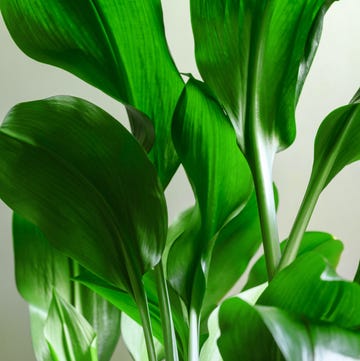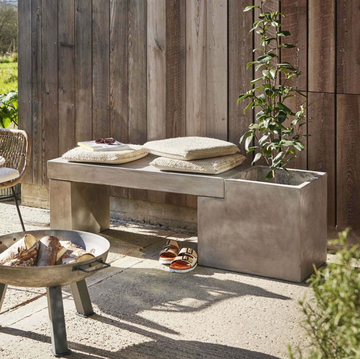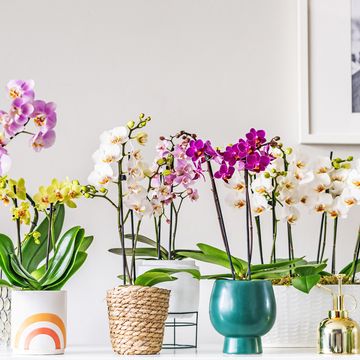If you're looking for a climbing plant that will provide good coverage and lots of colour, look no further than clematis.
Dubbed 'the queen of climbers', clematis – a family of hardy, climbing perennials – includes varieties to suit pretty much every corner of your garden. But with over 250 species and hundreds more cultivars to choose from, the choice might seem overwhelming. You can find a clematis in flower for every season, in a whole range of colours and forms, from enormous, bold, brassy doubles to diminutive nodding pixie hats, and many have equally fascinating seed heads that keeps them interesting for longer.
1. Why grow clematis?
Clematis are great for scrambling over fences, sheds and pergolas, up through trees and shrubs, and can look good combined with other climbers too. There are also lower growing clematis that can be grown in borders as groundcover plants and in containers.
2. Choosing a clematis
Ask yourself, what part will the clematis play in your garden? Is it to hide a shed, cover a fence, trellis or pergola? Do you want it for scent or showstopping blooms? Is your planting spot shady or sunny? And what’s your colour scheme? If you’re undecided, try a combination of clematis with flowers for different seasons. If you’re buying in person at a nursery, check the health of the plant by easing it out of the pot and choose the one with a well-developed root system that will grow on better once planted.
3. The most popular clematis varieties
Clematis expert Peter Skeggs-Gooch, owner of Thorncroft Clematis, says he's seeing a continued demand for some of the older varieties including 'Etoile Violette' and 'Purpurea Plena Elegans'. They have been 'in the gardeners' toolbox of plants for a very long time, but their reliability is known to be excellent and as yet no new cultivar has come along with better characteristics', he says.
Sarah Raven has recently taken over the Taylors Clematis collection and her recommendations include Clematis 'Rebecca' with plum red blooms that keeps its colour from late spring through to summer, and the reliable, long-flowering Clematis 'Prince Charles', which Sarah says is 'fantastic with climbing roses' and also does well in a large pot.
Meanwhile, online plant retailer Crocus reports Clematis cirrhosa var purpurascens ‘Freckles’, Clematis armandii, and Clematis ‘Apple Blossom’ as being among its bestsellers.
4. Where to plant clematis
Choose your location carefully, as, once planted, clematis don’t like being moved. The general rule is to plant clematis where the roots are in cool, moist shade but the plant grows up towards full sunshine. This echoes their natural habitat where plants might root in soil near the base of a tree or hedge and grow up through the branches to smother the canopy in flowers.
5. How to plant clematis
Ideally, plant clematis in early spring. Dig a hole 15-30cm away from a wall or fence, twice the size of the plant pot or rootball. Add a spadeful of well-rotted compost or leafmould and a sprinkling of mycorrhizal fungi. Make sure the crown of the plant is just below the soil, with the stem leaning towards the wall, fence or pergola post. Back fill the hole and water in well.
The plant will take a couple of seasons to reach its full potential, but you should see substantial growth in the first summer after planting. Make sure you provide vertical support to encourage the new growth to go in the right direction – a simple trellis or wire mesh should work as the tendrils and hooks are designed to grab onto available supports and take the plant upwards. Prune back to two new buds, and keep the young plant well-watered during the first season, with a mulch over winter. It should flower in the second season, once the roots have established.
6. Can clematis be grown in a pot?
The simple answer is yes. You will need a generous pot, at least 18"(45cm) deep. Good drainage is important, so keep the holes in the pot clear and add crocks, stones, gravel or broken up polystyrene at the bottom so the water filters through slowly. And plant with a sturdy, tall wigwam for the plant to climb up. There are plenty of clematis that suit container growing, but it makes sense to choose more compact varieties (such as these recommendations from Thorncroft Clematis). Prune back hard in spring and after flowering to maintain the shape and restrict growth.
7. Are clematis just for climbing?
Clematis might be an exceptional climber, but in recent years, we have seen clematis grown as ground cover plants in areas of full sun or shrubby heraclifolia varieties as border plants. Clematis are also becoming more popular as cut flowers. Some varieties have a really good lifespan in vases. This is great for smaller gardens, where you can harness the vertical growing space and choose a clematis for its cut flower potential as well as the abundant blooms and long flowering season. Specialist clematis nursery Thorncroft recommends the Clematis Saphyra range as great specimens for cutting.
8. How and when to prune clematis
This is one of those questions that can seem confusing at first. It’s all about encouraging lots of flowers, so pruning times vary according to whether your clematis flowers early or late on stems established the previous year or on new shoots produced in the current season.
Clematis are divided into three groups. Early flowering group 1 species, such as alpina, armandii, cirrhosa, macropetala and montana varieties need a light prune and tidy after flowering, to encourage new stems over the summer for flowering the following year.
The group 2 clematis types include large summer-flowering cultivars like ‘Nelly Moser’. These big blooms are produced on new season’s growth and should be pruned in early spring, cutting old stems right back to a fresh pair of buds.
The Group 3, late summer-flowering clematis, that includes jackmanii, tangutica and viticella cultivars, also flower on the current season’s growth, so need a spring prune to promote lots of flowers. Cut down all the old growth to a strong pair of buds and tie in the new growth as it appears.
If you’ve inherited a clematis and you’re not sure which type it is, wait to see where the new growth is coming from and then prune.
9. How to take a clematis cutting
It's fairly easy to propagate clematis. Have a go at growing your favourite clematis for free by taking cuttings from the new season's growth in late spring and early summer. Cut lower down the stem, just above a leaf joint, then trim again to beneath the joint, removing excess foliage. Dip the base of the cutting into rooting hormone and place several cuttings around the edge of a pot, filled with a gritty compost mix. Water in well and place your pot in a sealed plastic bag to act like a mini greenhouse. Check to make sure there is no mildew and look out for new leaf growth and roots beginning to emerge at the base of the pot. If the signs are positive, you’re ready to split your cuttings into individual pots and grow on.
10. What problems might I have with my clematis?
Aside from protecting young shoots from slugs and snails and keeping an eye out for aphids, the big enemy is clematis wilt. This is a fungal disease, that finds its way into the plant via the soil, and breaks or cuts in the stem. It causes a very sudden, unmistakeable impact and you will notice leaves and stems turning black almost overnight. Clematis wilt tends to affect the larger flowered cultivars more than the species and smaller hybrids. If you spot clematis wilt, cut back all the affected parts of the plant and burn – the plant may recover over the next few seasons. Preventative measures include keeping the area around the base of the plant free of debris so air can circulate, which prevents moist conditions that allow any fungal disease to flourish.
